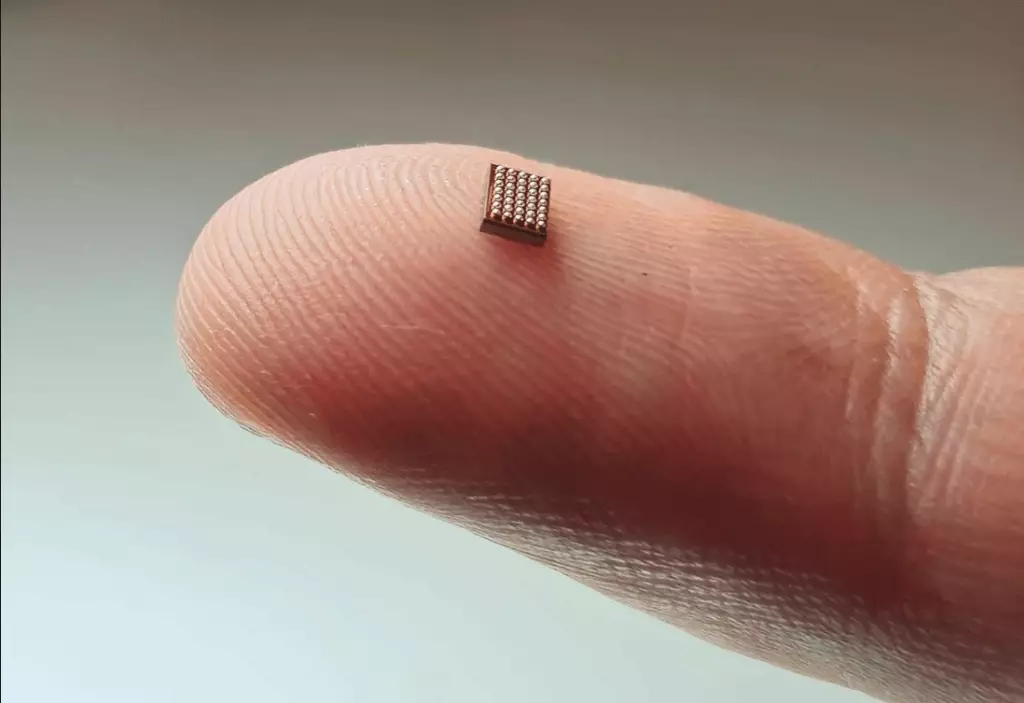In a tech world dominated by large language models and GPU-powered systems, a new revolution is silently taking place in AI hardware. Neuromorphic computing, a paradigm that mimics the brain’s processing capabilities, has the potential to drastically reduce the energy demands and computational requirements of AI systems.
Neuromorphic processors are designed to replicate the way biological brains process information. Instead of performing sequential operations on stored data, these chips utilize networks of artificial neurons that communicate through spikes. This brain-inspired architecture offers unique advantages, especially for edge computing applications in consumer devices and industrial IoT.
Neuromorphic systems have several compelling use cases, such as always-on audio processing, real-time sensor fusion, and ultra-low power computer vision. These processors can perform complex AI tasks with a fraction of the energy consumed by traditional solutions, enabling continuous environmental awareness in battery-powered devices.
Innatera, a leading startup in the neuromorphic chip space, introduced the Spiking Neural Processor T1 in January 2024. This flagship product combines an event-driven computing engine with a CNN accelerator and RISC-V CPU, providing a comprehensive platform for ultra-low-power AI in battery-powered devices. The T1 can perform computations with significantly less energy than conventional approaches and delivers pattern recognition speeds that outpace competitors.
Innatera’s partnership with Socionext led to the development of a solution for human presence detection using radar sensors and neuromorphic chips. This technology, showcased at CES, offers energy-efficient and privacy-preserving devices for applications like video doorbells, smart home automation, building security, and occupancy detection in vehicles. It exemplifies how neuromorphic computing can revolutionize everyday devices while reducing power consumption and enhancing privacy.
The energy efficiency and speed improvements offered by neuromorphic systems have attracted significant industry interest. Innatera has multiple customer engagements and is targeting the sensor-edge applications market with the goal of bringing intelligence to a billion devices by 2030. The company is ramping up production of the Spiking Neural Processor to meet the growing demand for its technology.
Innatera’s extensive software development kit enables application developers to target their silicon easily. By using PyTorch as a front end, developers can build neural networks in a standard environment, lowering the barrier to entry for machine learning framework users. This approach allows rapid adoption and integration of neuromorphic computing into a wide range of AI applications.
While large language models dominate the AI landscape, there is a growing recognition of the need for new chip architectures. Neuromorphic computing, with its brain-inspired design, could bridge the efficiency gap in current systems and enable a new generation of intelligent and sustainable devices. As AI becomes more pervasive, the demand for efficient hardware solutions will rise, making neuromorphic computing a compelling frontier in chip design.
Neuromorphic computing represents a promising future for AI, offering increased efficiency and capabilities aligned with biological brains. As these brain-inspired chips enter consumer devices and industrial systems, we are on the verge of an exciting era in artificial intelligence that is faster, more efficient, and more closely aligned with human intelligence. The next few years are poised to be transformative in the world of AI, driven by the advancements in neuromorphic computing.


Leave a Reply